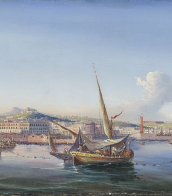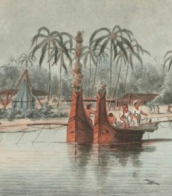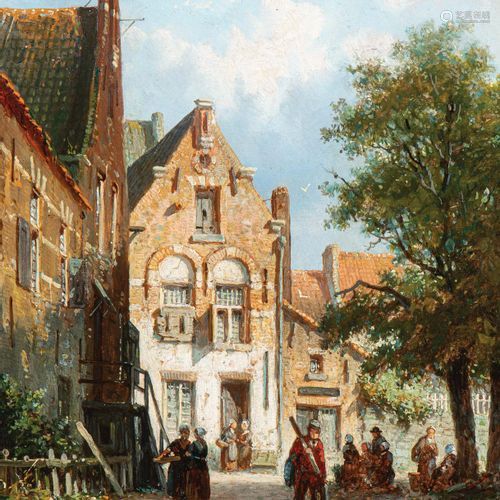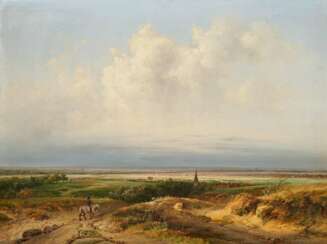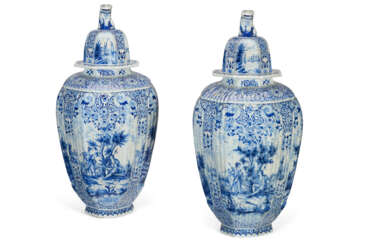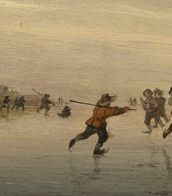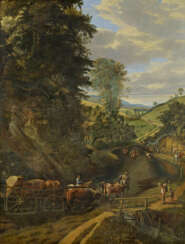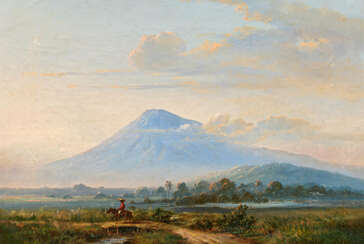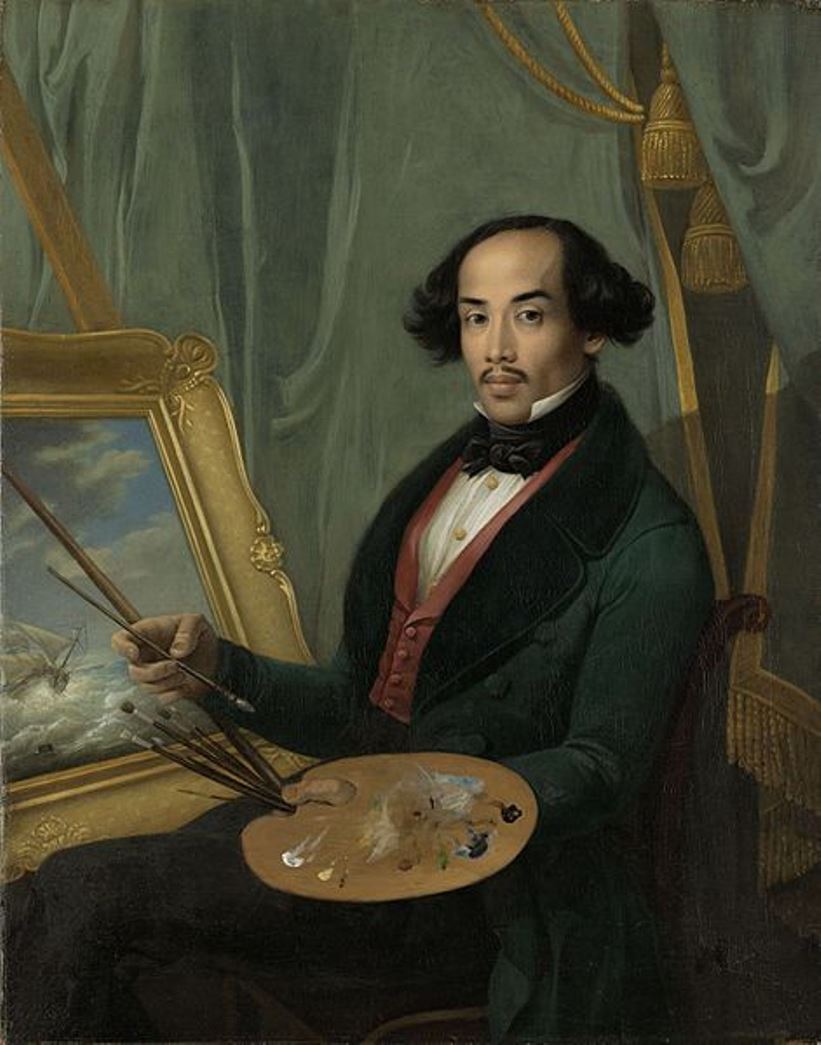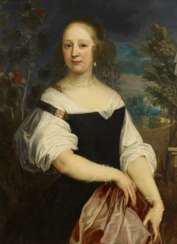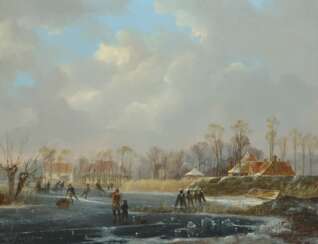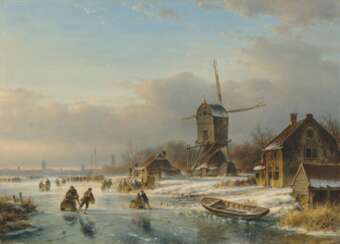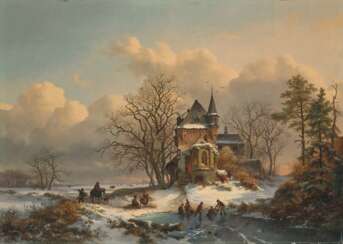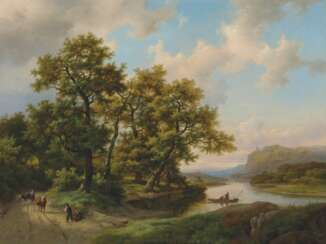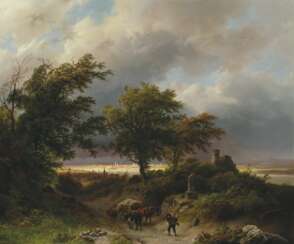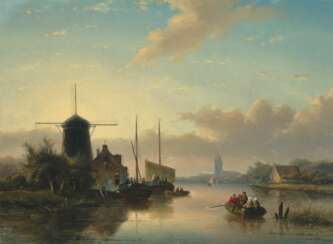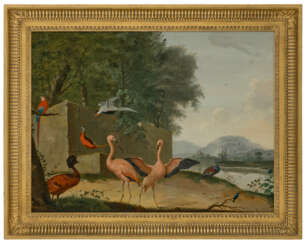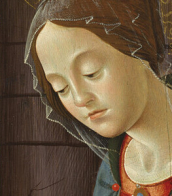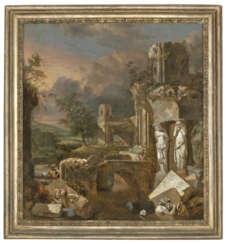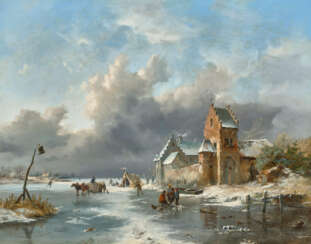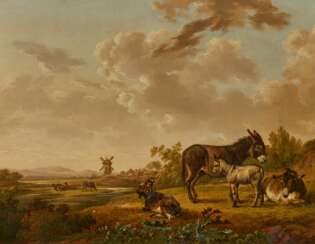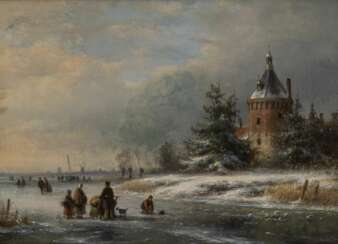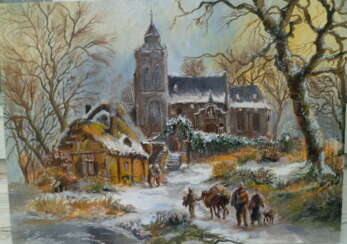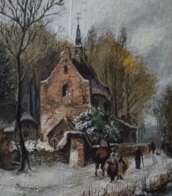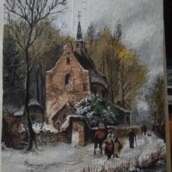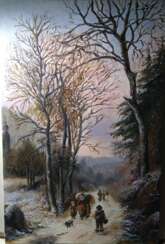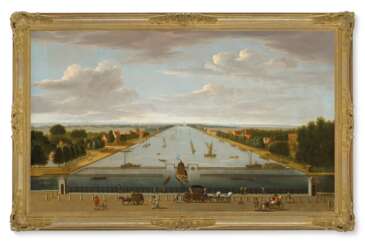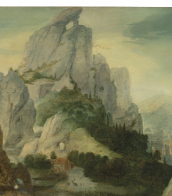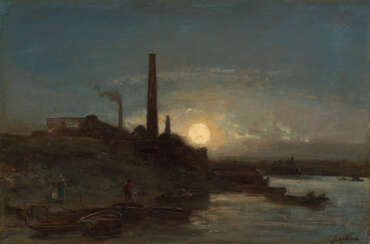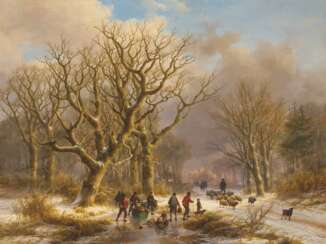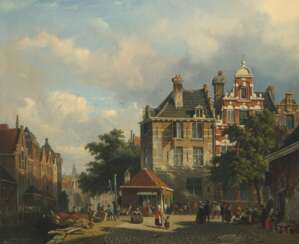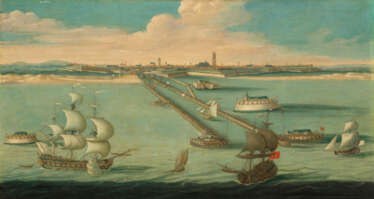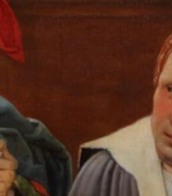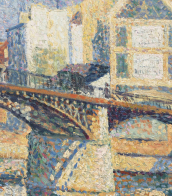dutch landscape
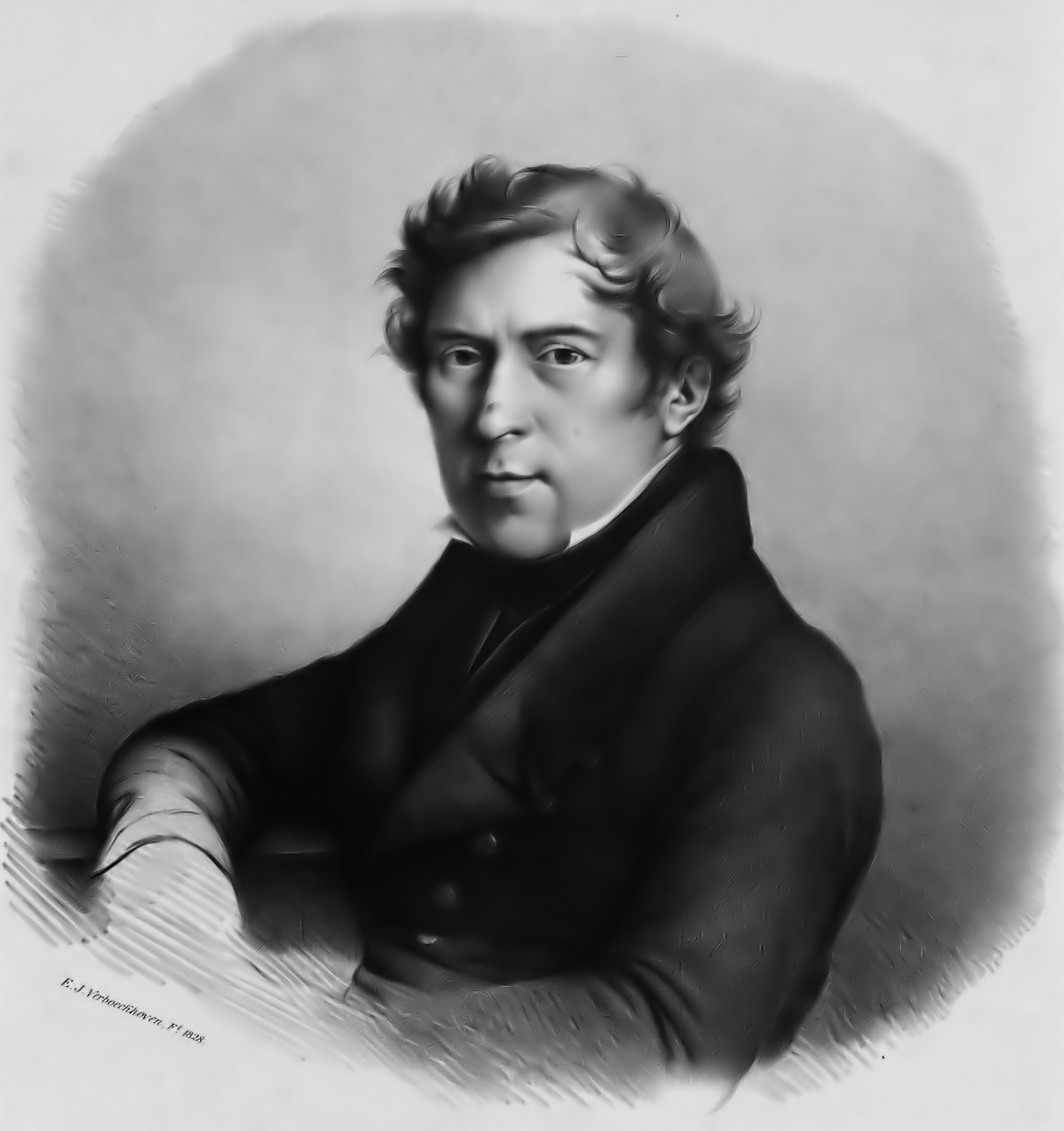
Andreas Schelfhout was a distinguished Dutch painter, etcher, and lithographer, celebrated for his exquisite landscape paintings. Born and based in The Hague, Schelfhout initially trained as a gilder and framemaker before apprenticing to a decorative painter between 1811 and 1814. This period marked the beginning of his journey into landscape painting, with his works being exhibited from 1815 onwards. Andreas Schelfhout's artistry is deeply rooted in the Romantic movement, with his Dutch winter scenes and frozen canals featuring skaters becoming particularly renowned during his lifetime. These works, showcasing a meticulous attention to detail and atmospheric quality, cemented his status as one of the most influential landscape artists of the 19th century.
A notable aspect of Andreas Schelfhout's career was his impact on other artists. He provided training to many painters who would later gain fame in their own right, such as Johan Jongkind, a forerunner of the Impressionists, and Charles Leickert. His advocacy for the use of watercolour in en plein air sketching significantly influenced his students and contemporaries, particularly enhancing the techniques of Jongkind, Jan Hendrik Weissenbruch, and Willem Roelofs.
Andreas Schelfhout's legacy is not only reflected in his influential teaching but also in the breadth of his creations. His works include not just winter scenes but also seascapes and landscapes depicting various aspects of Dutch scenery. His paintings often evoke a nostalgic longing for the past, a characteristic trait of the Romantic style, with elements like the ruins of castles or chapels adding a historical dimension to the landscapes.
Several of Andreas Schelfhout's masterpieces are displayed in prominent museums and galleries, evidencing his significant contribution to the art world. His works can be found in the Rijksmuseum in Amsterdam, the Museum Boymans-van Beuningen in Rotterdam, the Dordrechts Museum in Dordrecht, the Teylers Museum in Haarlem, and the National Gallery in London, among others.
Andreas Schelfhout was not just an artist; he was a pivotal figure in the Dutch Romantic landscape painting scene. His influence extended beyond his own works to shape the styles and techniques of future generations of artists. For collectors and experts in art and antiques, Schelfhout's works represent a significant era in art history, embodying the essence of Romanticism in Dutch landscape painting.
For those interested in staying informed about new product sales and auction events related to Andreas Schelfhout, signing up for updates is highly recommended. This subscription ensures that enthusiasts and collectors are always in the know regarding the latest developments and opportunities related to Schelfhout's artistry.

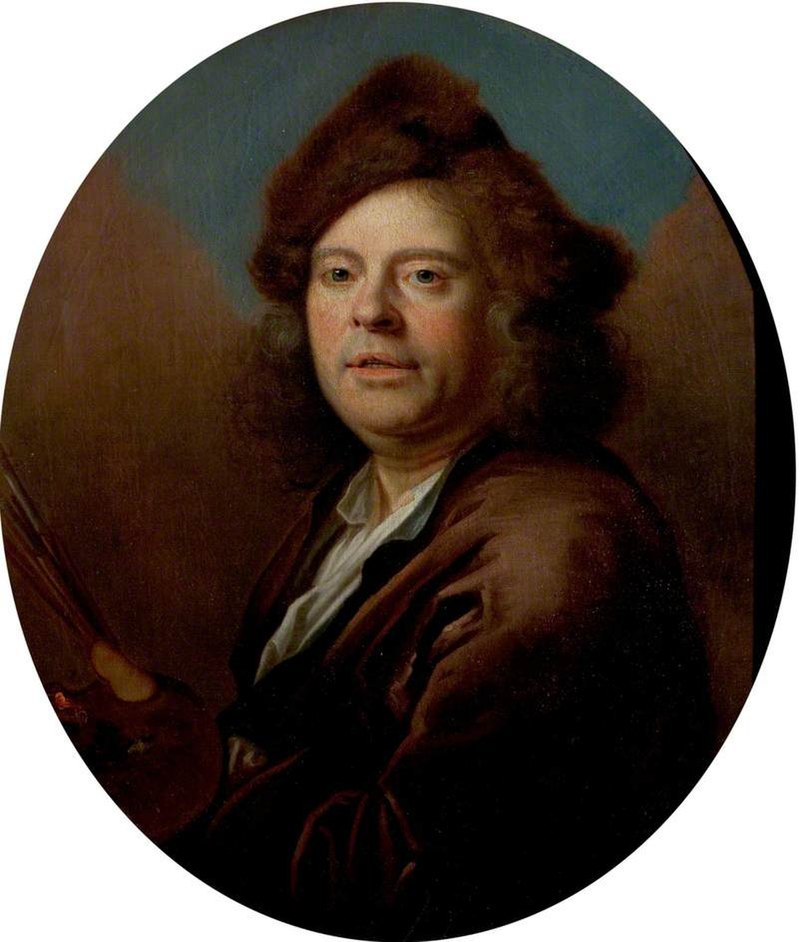
Jan Siberechts was a Flemish landscape painter whose career spanned both his native land and England. Initially, Siberechts developed a personal style of landscape painting in Antwerp, emphasizing Flemish countryside and country life. His work was influenced by Dutch Italianate landscape painters such as Nicolaes Berchem and Karel Dujardin, reflecting a blend of local and Italianate elements. This phase of his career was marked by vivid depictions of the Flemish rural life, with robust country girls in bright attire becoming a signature motif of his paintings.
Siberechts moved to England around 1672, where he significantly contributed to the English landscape tradition. In England, he painted decorations for the Duke's Cliveden House and later, traveled extensively, completing commissions for aristocratic clients. His English landscapes maintained their Flemish character but also started to focus more on universal themes, with less emphasis on figures and more on the scenery itself. These works are characterized by powerful trees, soft light on distant hills, and a relatively dark foreground to highlight the illuminated vistas in the background.
Siberechts is credited as the 'father of British landscape' for his pioneering country house portraits, blending detailed naturalistic views of stately homes into atmospheric landscapes. This innovative approach had a lasting influence on English landscape painting. His work, such as the views of Longleat and the Belsize Estate, represents an important step in the development of topographical painting, merging Flemish influences with the emerging English landscape tradition.
For collectors and experts in art and antiques, Siberechts' oeuvre offers a unique window into the transnational flow of artistic ideas in the 17th century, blending Flemish traditions with the nascent English landscape genre. His paintings, celebrated for their detail and historical topographical interest, can be found in prestigious collections such as the Tate Gallery London and the Victoria and Albert Museum.
For updates on exhibitions, sales, and auction events related to Jan Siberechts' work, art enthusiasts are encouraged to sign up for dedicated newsletters. This ensures that they remain informed about the latest opportunities to explore and appreciate the contributions of this influential Flemish artist to the landscape painting genre.

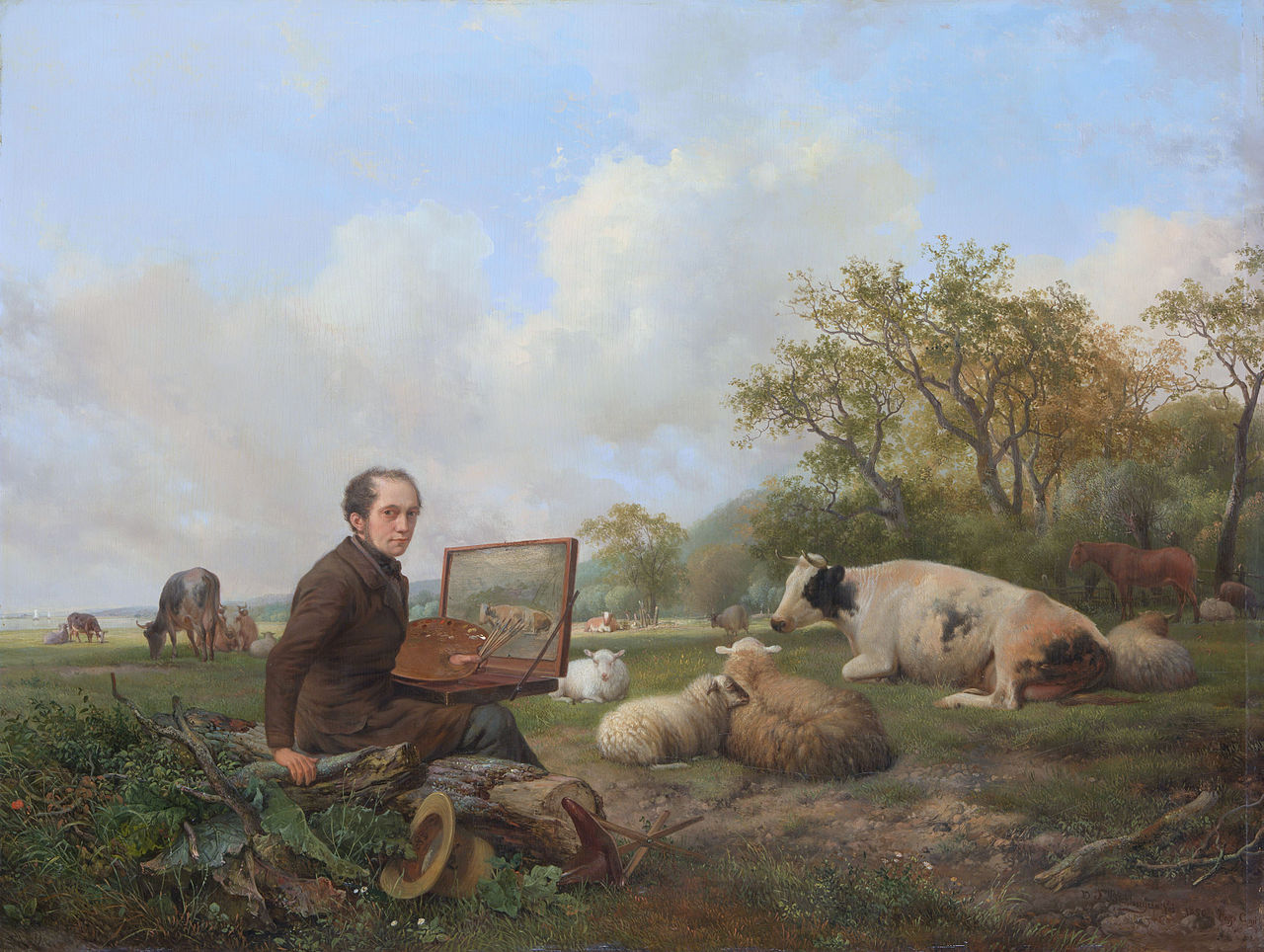
Hendrikus van de Sande Bakhuyzen was a Dutch landscape painter and teacher.
Bakhuyzen studied at The Hague Academy of Art. He is known for his romantic pastoral scenes, especially paintings of livestock, with detailed landscapes.
In 1822 he became a member of the Royal Academy of Arts in Amsterdam and a member of the board of the Academy of Arts in The Hague. He was later elected director of the Hague Academy. Hendrikus Bakhuyzen made a significant contribution to the Romantic period in Dutch art through his work and activities, raising many talented students and followers who founded the artistic movement known as the Hague School.
His children were also very talented: son Julius van de Sande Bakhuyzen (1835-1925) became a renowned landscape painter; daughter Gerardine Jacob van de Sande Bakhuyzen (1826-1895) became a still life painter; son Henrik Gerard van de Sande Bakhuyzen (1838-1923) became a prominent astronomer, member of the Royal Netherlands Academy of Arts and Sciences and director of the Leiden Observatory; son Ernest-Fredrich van de Sande Bakhuyzen was also an astronomer at the Leiden Observatory.

Andreas Schelfhout was a distinguished Dutch painter, etcher, and lithographer, celebrated for his exquisite landscape paintings. Born and based in The Hague, Schelfhout initially trained as a gilder and framemaker before apprenticing to a decorative painter between 1811 and 1814. This period marked the beginning of his journey into landscape painting, with his works being exhibited from 1815 onwards. Andreas Schelfhout's artistry is deeply rooted in the Romantic movement, with his Dutch winter scenes and frozen canals featuring skaters becoming particularly renowned during his lifetime. These works, showcasing a meticulous attention to detail and atmospheric quality, cemented his status as one of the most influential landscape artists of the 19th century.
A notable aspect of Andreas Schelfhout's career was his impact on other artists. He provided training to many painters who would later gain fame in their own right, such as Johan Jongkind, a forerunner of the Impressionists, and Charles Leickert. His advocacy for the use of watercolour in en plein air sketching significantly influenced his students and contemporaries, particularly enhancing the techniques of Jongkind, Jan Hendrik Weissenbruch, and Willem Roelofs.
Andreas Schelfhout's legacy is not only reflected in his influential teaching but also in the breadth of his creations. His works include not just winter scenes but also seascapes and landscapes depicting various aspects of Dutch scenery. His paintings often evoke a nostalgic longing for the past, a characteristic trait of the Romantic style, with elements like the ruins of castles or chapels adding a historical dimension to the landscapes.
Several of Andreas Schelfhout's masterpieces are displayed in prominent museums and galleries, evidencing his significant contribution to the art world. His works can be found in the Rijksmuseum in Amsterdam, the Museum Boymans-van Beuningen in Rotterdam, the Dordrechts Museum in Dordrecht, the Teylers Museum in Haarlem, and the National Gallery in London, among others.
Andreas Schelfhout was not just an artist; he was a pivotal figure in the Dutch Romantic landscape painting scene. His influence extended beyond his own works to shape the styles and techniques of future generations of artists. For collectors and experts in art and antiques, Schelfhout's works represent a significant era in art history, embodying the essence of Romanticism in Dutch landscape painting.
For those interested in staying informed about new product sales and auction events related to Andreas Schelfhout, signing up for updates is highly recommended. This subscription ensures that enthusiasts and collectors are always in the know regarding the latest developments and opportunities related to Schelfhout's artistry.
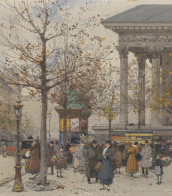
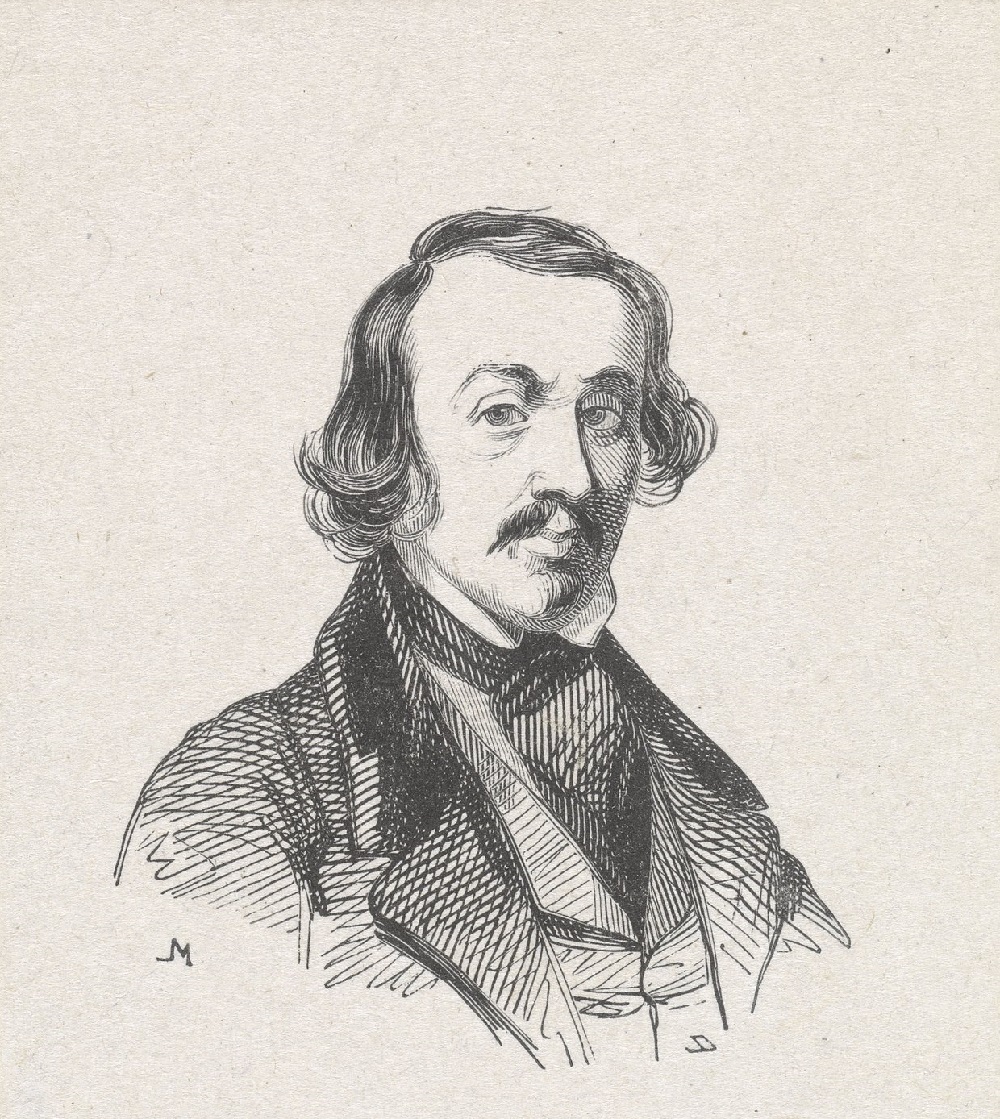
Hendrik Gerrit ten Cate was a Dutch landscape painter of the 19th century. He specialised in nautical scenes and urban views.
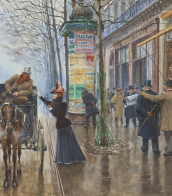
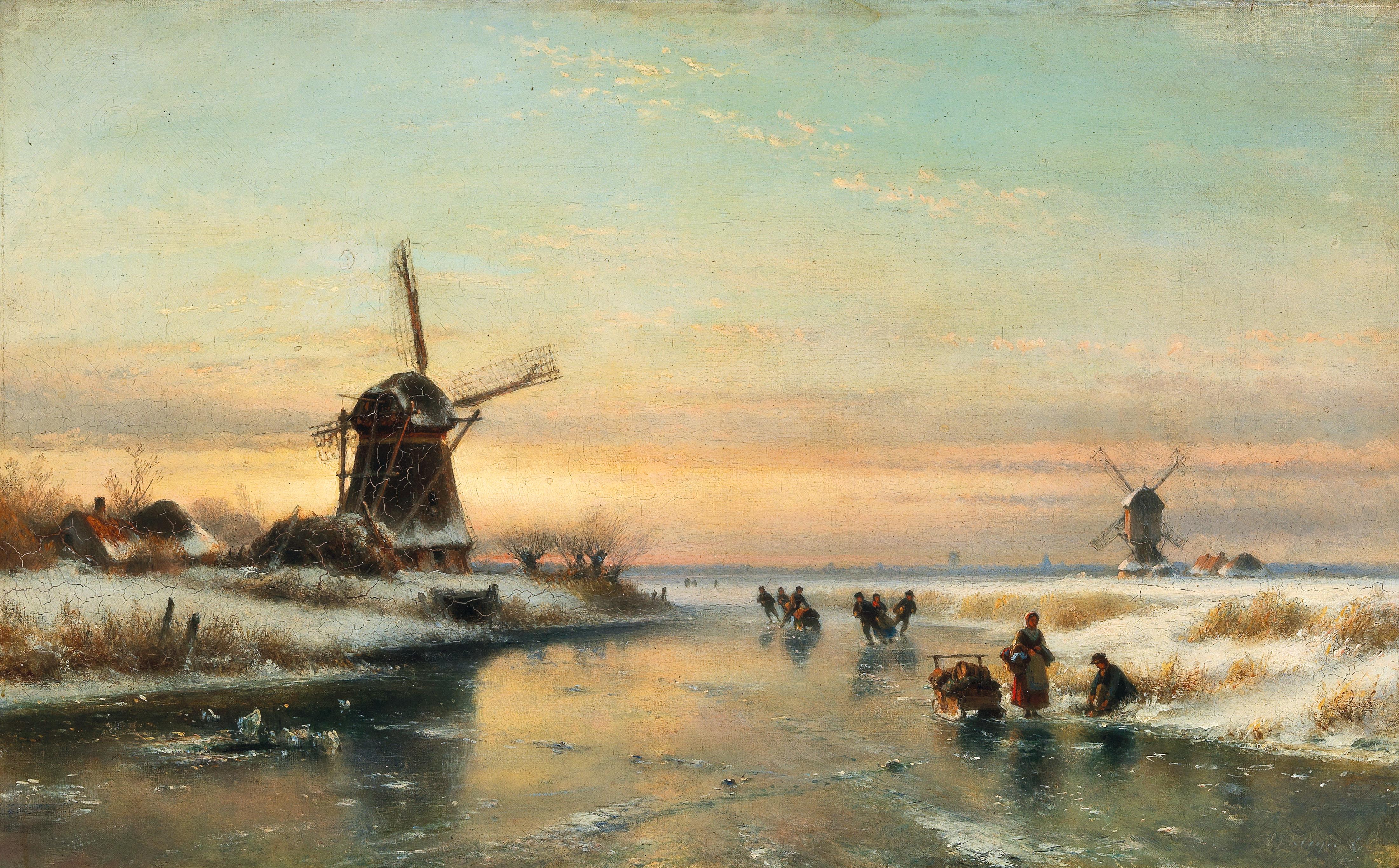
Lodewijk Johannes Kleijn was a Dutch lithographer, printmaker and landscape painter who worked in oil and watercolour.

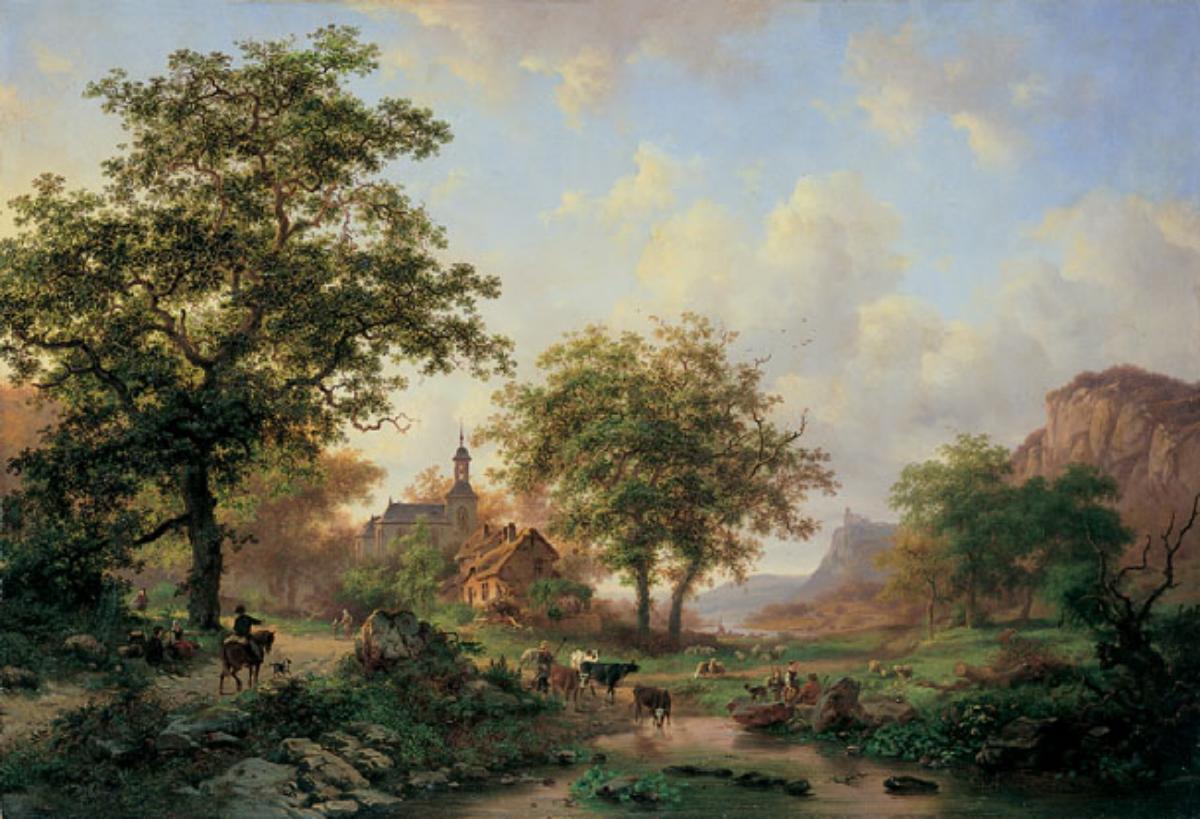
Fredrik Marinus Kruseman was a Dutch painter who specialized in Romantic style landscapes. He received his first drawing lessons from Jan Reekers and attended the Vocational School in Haarlem from 1832 to 1833. That year, he began to study painting with Nicolaas Johannes Roosenboom and, in 1835, moved to the Gooi, where he took advanced studies with Jan van Ravenswaay. He also studied briefly with the landscape painter, Barend Cornelis Koekkoek. In his output of approximately 300 to 350 paintings, only three still-lifes are known and the rest are landscapes. He also made a large number of drawings.

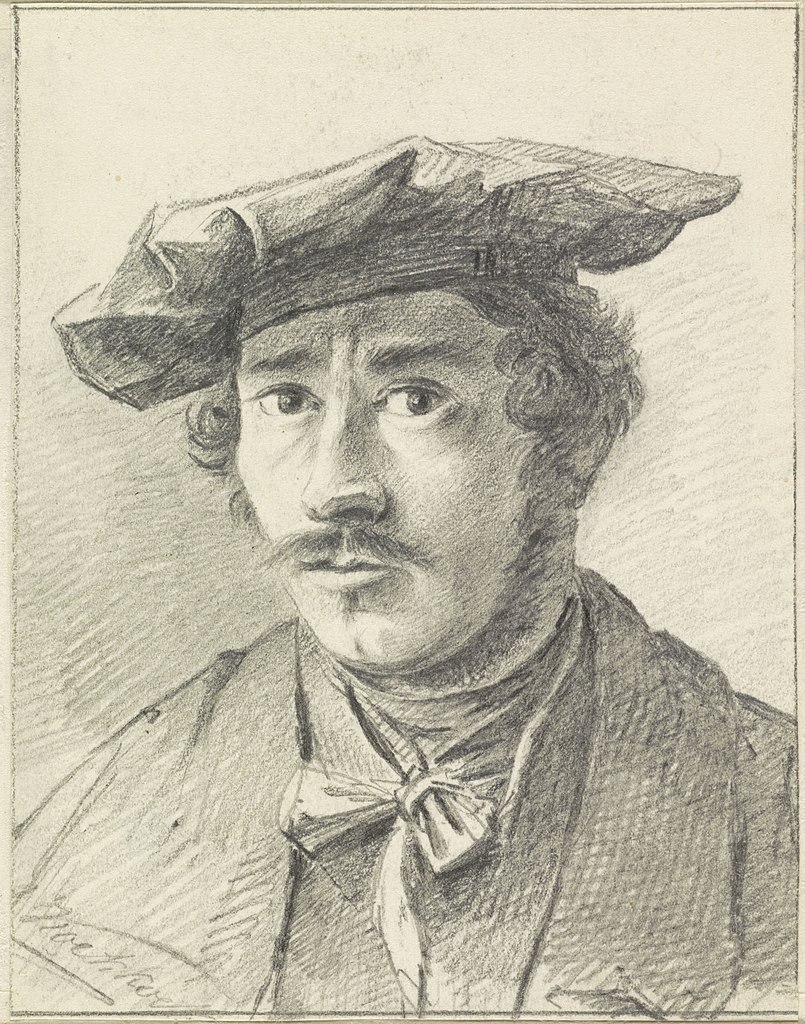
Marinus Adrianus Koekkoek was a 19th-century Dutch landscape and marine painter.


Barend Cornelis Koekkoek was a Dutch landscape artist and lithographer.

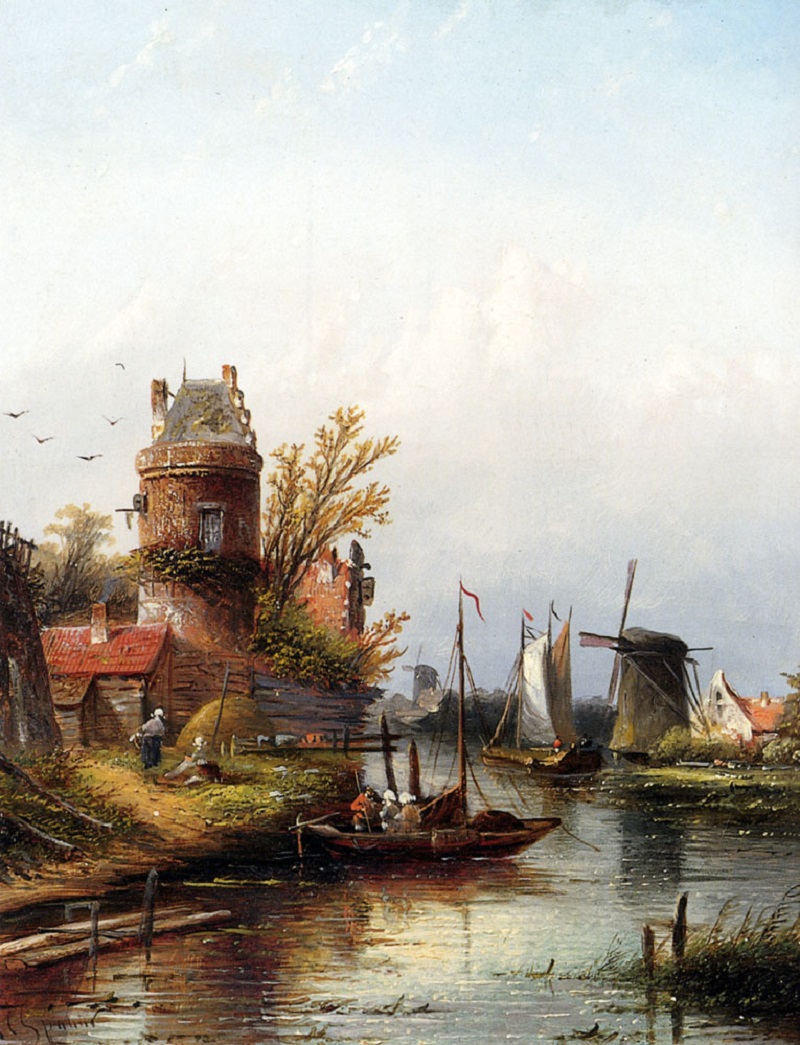
Jacob Jan Coenraad Spohler was a Dutch painter. He is known for his winter landscapes and cityscapes.


Fredrik Marinus Kruseman was a Dutch painter who specialized in Romantic style landscapes. He received his first drawing lessons from Jan Reekers and attended the Vocational School in Haarlem from 1832 to 1833. That year, he began to study painting with Nicolaas Johannes Roosenboom and, in 1835, moved to the Gooi, where he took advanced studies with Jan van Ravenswaay. He also studied briefly with the landscape painter, Barend Cornelis Koekkoek. In his output of approximately 300 to 350 paintings, only three still-lifes are known and the rest are landscapes. He also made a large number of drawings.
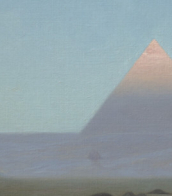

Andreas Schelfhout was a distinguished Dutch painter, etcher, and lithographer, celebrated for his exquisite landscape paintings. Born and based in The Hague, Schelfhout initially trained as a gilder and framemaker before apprenticing to a decorative painter between 1811 and 1814. This period marked the beginning of his journey into landscape painting, with his works being exhibited from 1815 onwards. Andreas Schelfhout's artistry is deeply rooted in the Romantic movement, with his Dutch winter scenes and frozen canals featuring skaters becoming particularly renowned during his lifetime. These works, showcasing a meticulous attention to detail and atmospheric quality, cemented his status as one of the most influential landscape artists of the 19th century.
A notable aspect of Andreas Schelfhout's career was his impact on other artists. He provided training to many painters who would later gain fame in their own right, such as Johan Jongkind, a forerunner of the Impressionists, and Charles Leickert. His advocacy for the use of watercolour in en plein air sketching significantly influenced his students and contemporaries, particularly enhancing the techniques of Jongkind, Jan Hendrik Weissenbruch, and Willem Roelofs.
Andreas Schelfhout's legacy is not only reflected in his influential teaching but also in the breadth of his creations. His works include not just winter scenes but also seascapes and landscapes depicting various aspects of Dutch scenery. His paintings often evoke a nostalgic longing for the past, a characteristic trait of the Romantic style, with elements like the ruins of castles or chapels adding a historical dimension to the landscapes.
Several of Andreas Schelfhout's masterpieces are displayed in prominent museums and galleries, evidencing his significant contribution to the art world. His works can be found in the Rijksmuseum in Amsterdam, the Museum Boymans-van Beuningen in Rotterdam, the Dordrechts Museum in Dordrecht, the Teylers Museum in Haarlem, and the National Gallery in London, among others.
Andreas Schelfhout was not just an artist; he was a pivotal figure in the Dutch Romantic landscape painting scene. His influence extended beyond his own works to shape the styles and techniques of future generations of artists. For collectors and experts in art and antiques, Schelfhout's works represent a significant era in art history, embodying the essence of Romanticism in Dutch landscape painting.
For those interested in staying informed about new product sales and auction events related to Andreas Schelfhout, signing up for updates is highly recommended. This subscription ensures that enthusiasts and collectors are always in the know regarding the latest developments and opportunities related to Schelfhout's artistry.

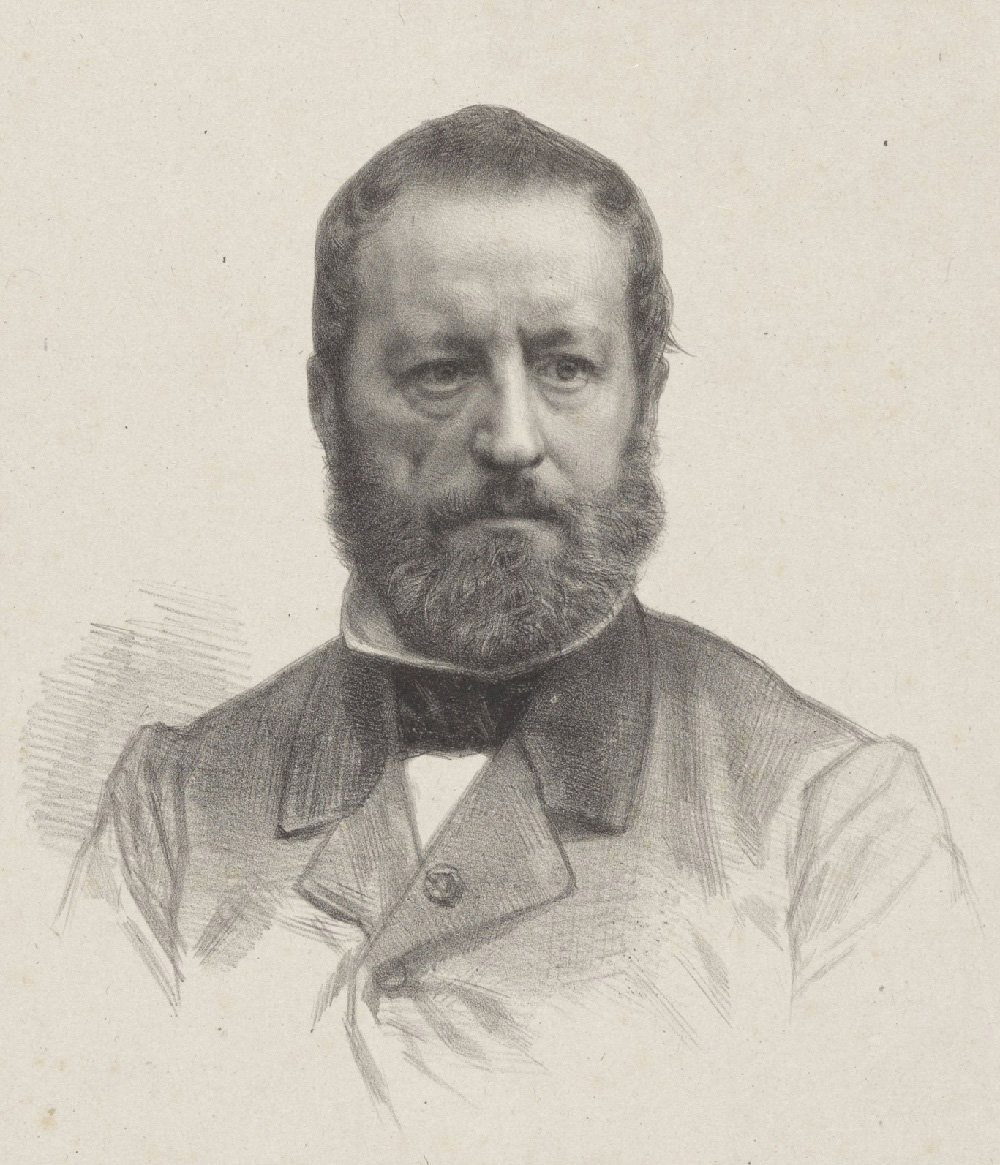
Wouterus Verschuur the Elder (also Wouter Verschuur) was a Dutch painter, one of the later representatives of Romanticism in Dutch art. He depicted animals, mainly horses, and landscapes. His students included his son Wouterus Verschuur Jr. and Anton Mauve.
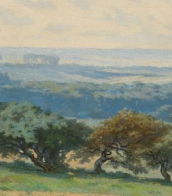
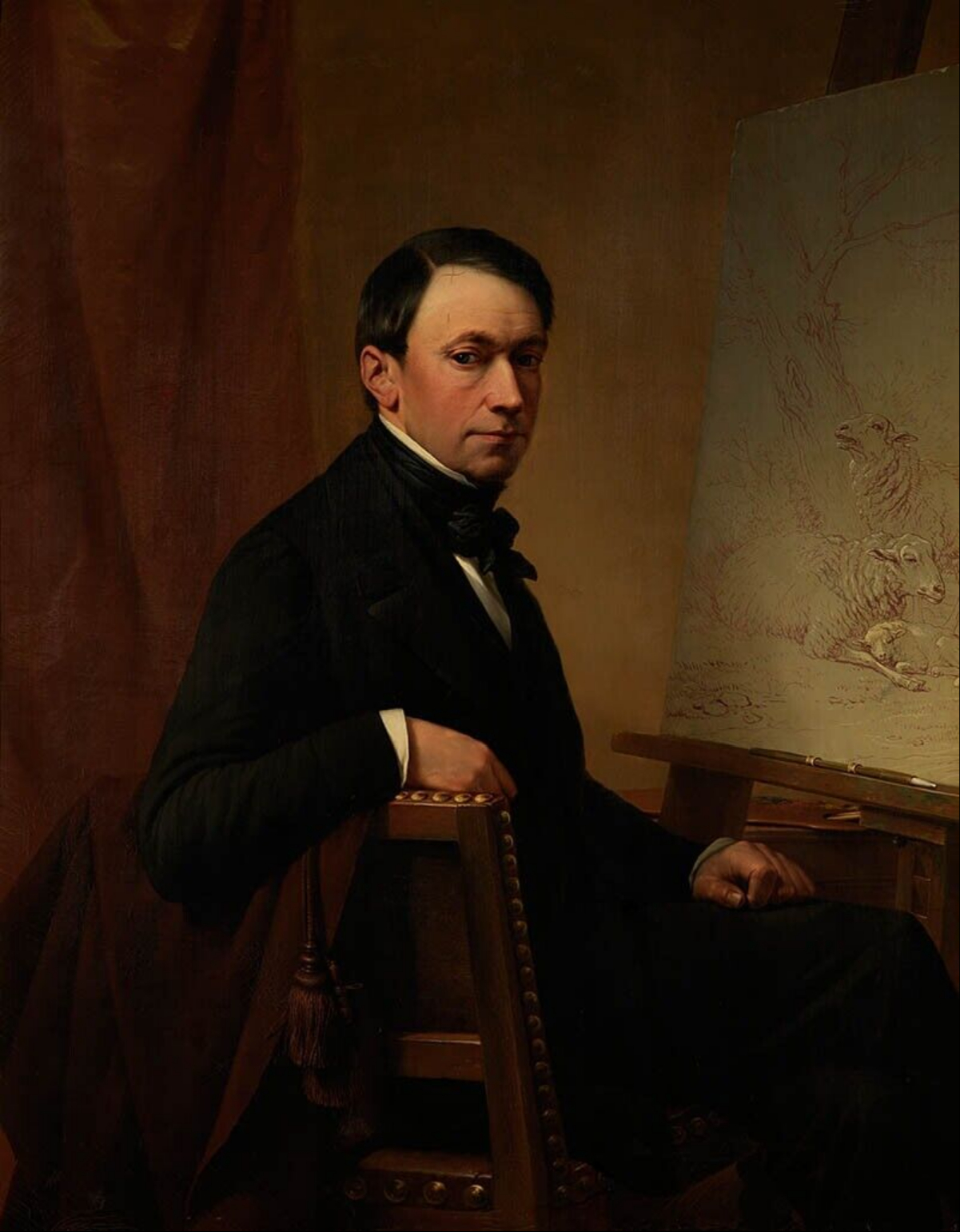
Eugène Joseph Verboeckhoven a Belgian painter, was born at Warneton in West Flanders. He was a painter, a sculptor, an etcher, an engraver, and a lithographer of animals, animated landscapes, and portraits.
